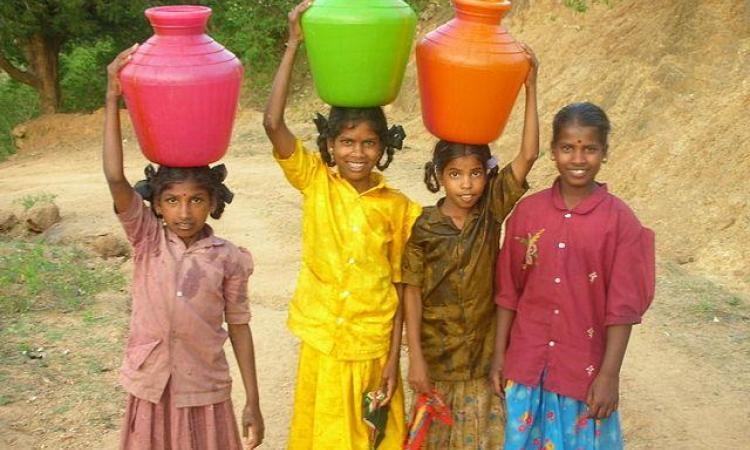
India has almost 17% of the world's population and 4% of the global water resources – a situation that threatens to push it towards a water crisis in the coming years. To add to this, are other reasons such as:
- limited storage capacity,
- lack of productive use of the high but varying amounts of rainfall in the country,
- declining groundwater levels as well as contamination of groundwater sources,
- inefficiencies in the management of already existing water resources, which are leading to a huge wastage of the available water resources.
The water gap in the country and the need for some tough decisions
The discussion paper Perspectives on water resource policy for India by The Energy and Resources Institute (TERI), says that the estimated ‘Water Gap’ for India by the ‘2030 Water Resource Group’ is an alarming 50 percent and that we are in a situation where some tough decisions regarding competing uses of water need to be taken. The country is also facing the potent threat of climate change, which may have complex implications on the pattern of availability of water resources.
The paper highlights some of the important issues that need to be addressed to efficiently manage the water resources, draws on the National Water Policy 2012, highlights the implications of some of the policy directions, and makes some suggestions to bring about a consistent and effective science-based policy.
The need for a paradigm shift in water management in the country
It argues that the water laws in India continue to remain non-uniform, inconsistent, and somewhat inadequate to deal with today’s complex water situation characterised by scarcity, reduced resources, and increased demand. A business-as-usual approach isn't enough to bridge the gap between water supply and demand. Rather, there is an urgent need for a paradigm shift in the way that this limited resource is managed that should include:
- a science-based Water Resource Policy at the Central and State levels for Integrated Water Resource Management
- a Water Framework Law at the central level
- effective legislation at the State level (based on the Central Model Law) for the regulation of groundwater and surface water
- restructuring, strengthening, and empowering of existing institutions (Central, State, and local) involved in different aspects of service delivery
- shift in approach in water resource management from a purely technical perspective to one that incorporates traditional practices, local materials and local communities
- funding for capacity-building and research & development to bring in resource use efficiency and sustainability
- a water portal with full disclosure of all the data in usable formats, accessible to governmental institutions, policy makers, society, and regulatory institutions